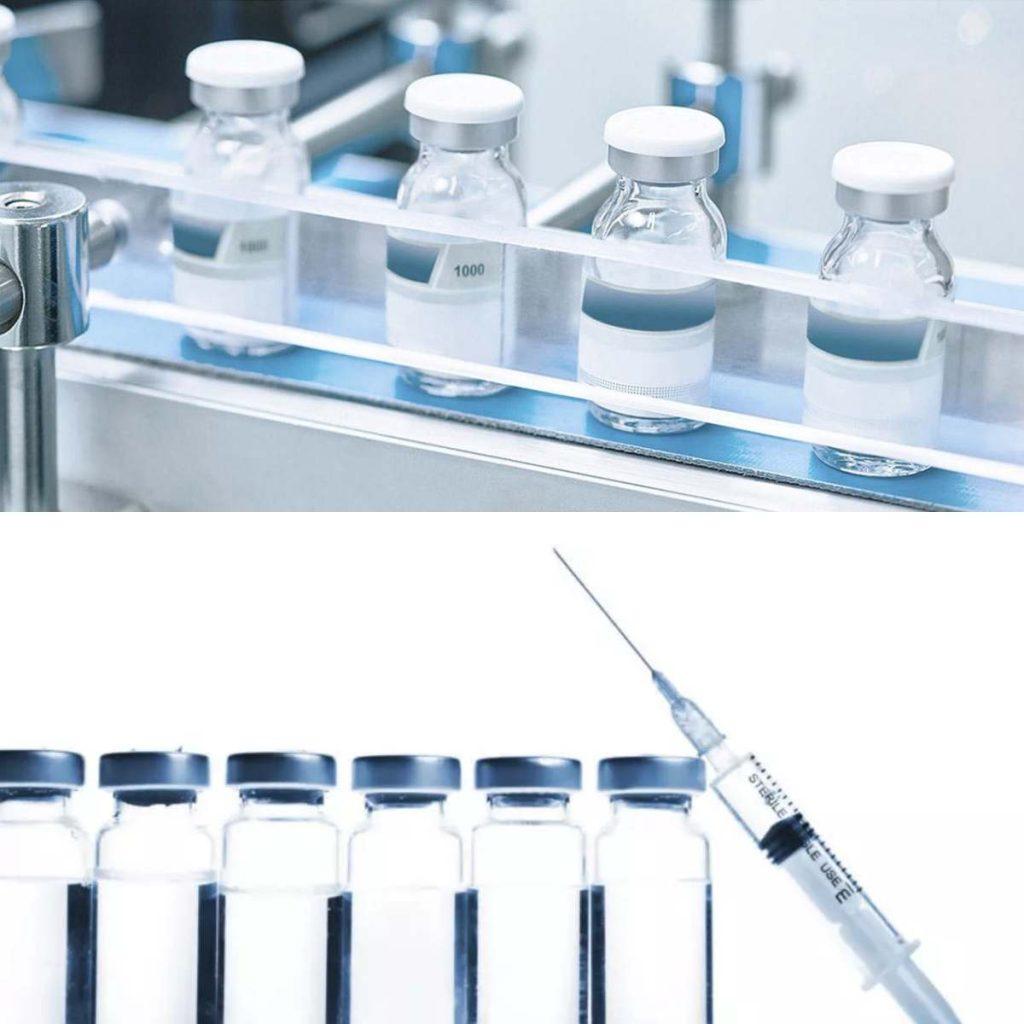Using the wrong water in pharmaceutical manufacturing raises alarming risks—but what exactly are they, and how can they be avoided? Purified water and WFI may look identical, but their improper use leads to distinct hazards. Substituting purified water for WFI in injectable production is particularly dangerous: residual pyrogens can trigger life-threatening endotoxin reactions in patients, while microbial contamination causes product defects and recalls. Regulatory risks are equally severe: non-compliance with pharmacopoeial standards results in fines, facility shutdowns, and damaged reputations. Conversely, using WFI for non-injectable applications wastes resources—WFI’s higher production costs and strict storage requirements (hot storage or immediate use) add unnecessary expenses. Even minor mix-ups, like using purified water for injection container final rinsing, compromise product sterility. To mitigate these risks, manufacturers must clarify water end-uses: WFI for any application where water enters the human body, purified water for low-risk tasks. Regular system validation (IQ/OQ/PQ) and continuous monitoring of key indicators (TOC, conductivity, endotoxins) are also critical. By understanding these risks and making informed choices, pharmaceutical professionals protect patients, ensure compliance, and keep their operations resilient against avoidable quality failures. Click here to know more.

